Since her childhood, Ágnes' life has been inspired by the dual love of nature and art. She attended art high school, where she developed her creativity in painting, drawing and later woodcarving.
She completed her university studies as a geographer and geologist. It was almost 10 years ago that she was discovered the world of caving and mining, which changed her life completely and continues to hold her captive to this day.
She started caving as an exploratory researcher. These new discoveries, untouched places never before seen by humans, motivated her to learn photography in the extreme studio of the caves, to show this underground wonder to those who could not see it with their own eyes.
Her photographs aim to draw attention to the hidden wonders and vulnerabilities of nature, as well as the spirit of mutual trust, team spirit and togetherness that are rare in today's world.
Her photographs have been used as illustrations in scientific books (Cave and karst scenes of Hungary), articles (National Geographic Magazine (Hungary), Life and Science), calendars, albums, conference presentations, solo and group exhibitions at home and abroad, TV shows and lectures.
About "The Realm of Eternal Darkness in Invisible Light"
People believe what they see. However, our eyes can only perceive a narrow range of light. In the realm of eternal darkness, deep in the earth, the only source of light is our lamps.
But what if we illuminate our surroundings with light that we cannot see? As a result of being irradiated with energy beyond the range of visible light, many living and non-living things show a completely different face. They glow in the dark. This phenomenon is called luminescence. The luminescence of minerals is a well-known fact, sometimes a defining characteristic.
In showcases and exhibitions, we can often admire minerals in UV light, but far fewer people see them in their natural environment, in mines and caves.
Imagine how the world you know shows a completely different face when you turn off the light! As your eyes get used to the darkness, the minerals on the walls glow like millions of stars or glowing embers in the light of the UV lamp, as if they were conjuring up the world of Pandora or the stars of the Universe around us! Come with me to this unique world!
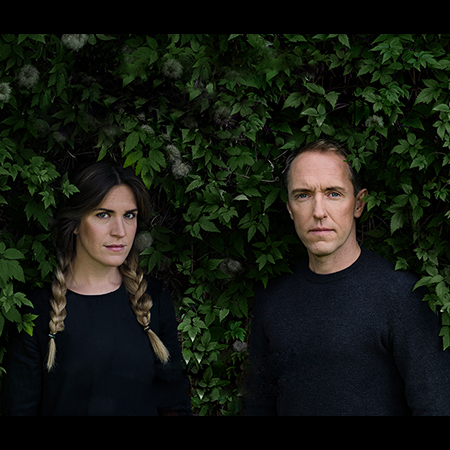















































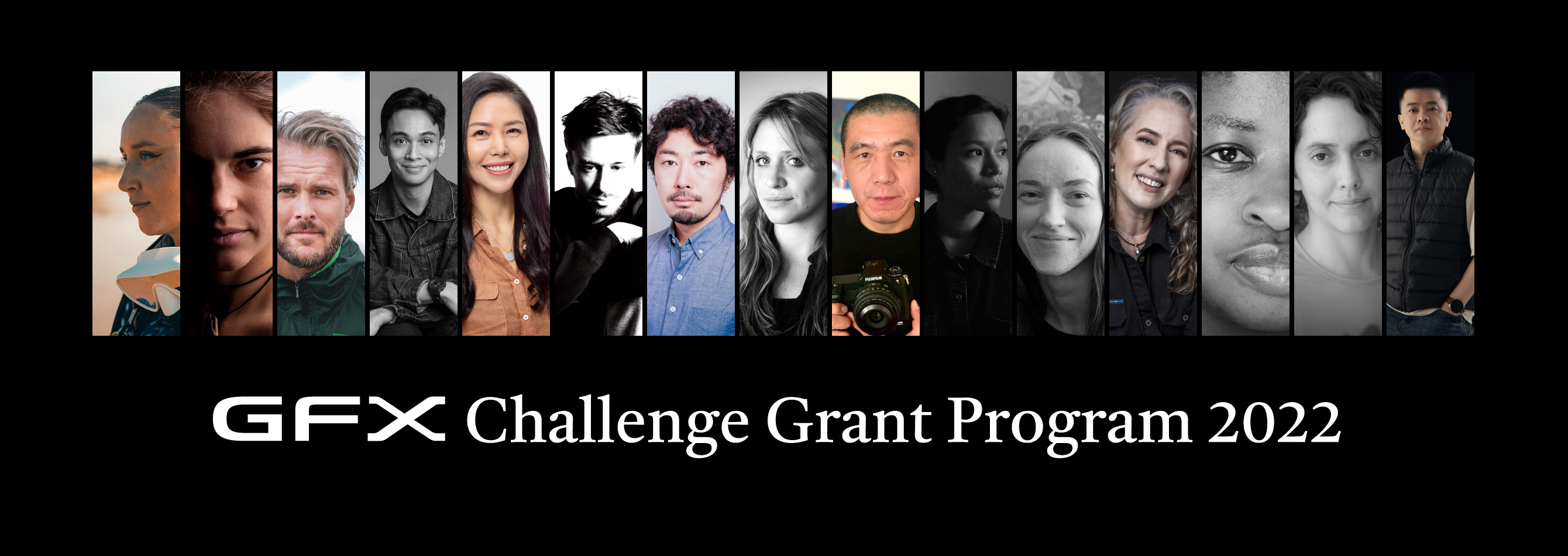

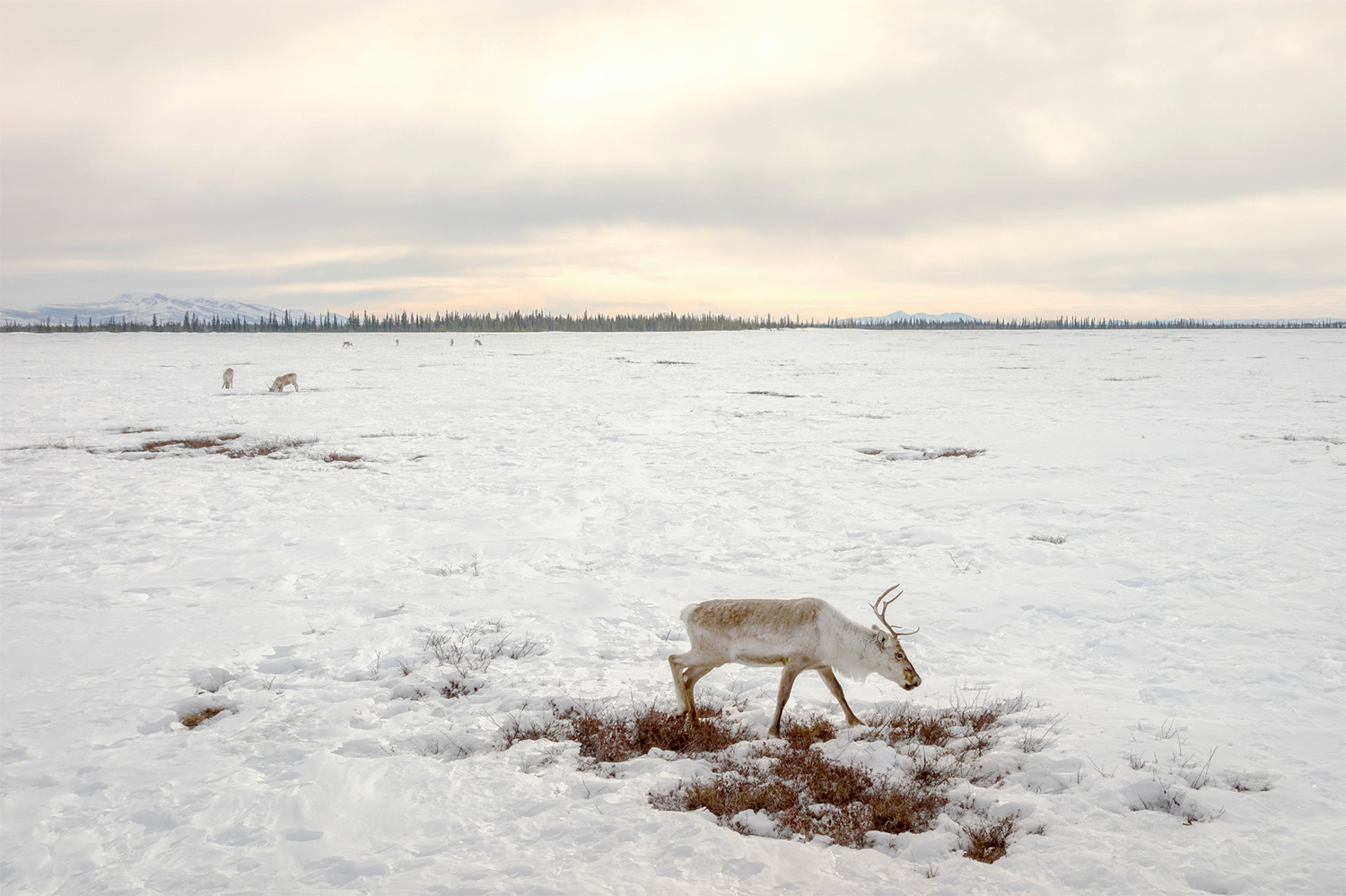

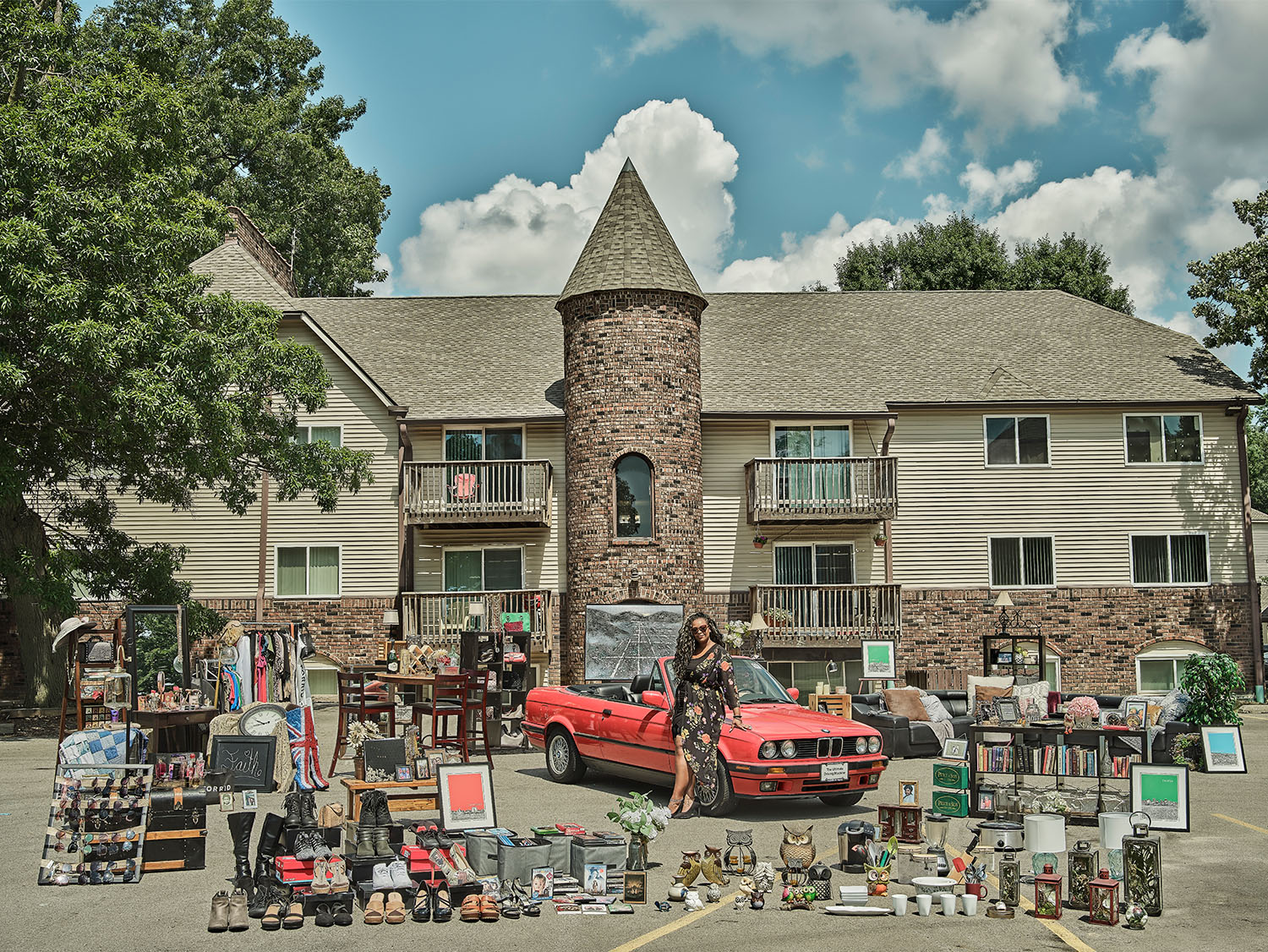
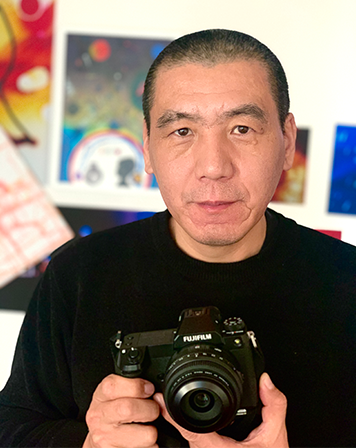

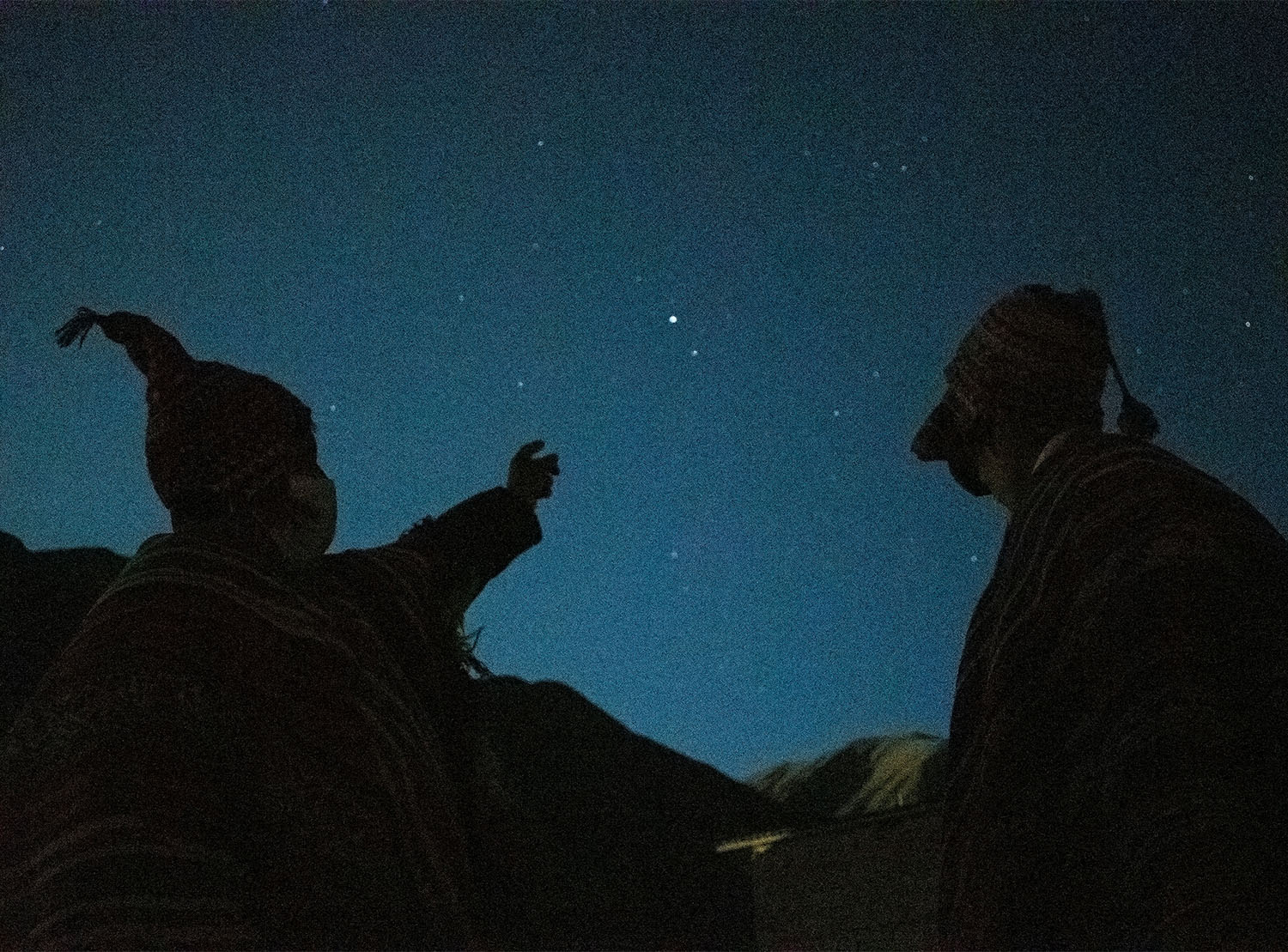
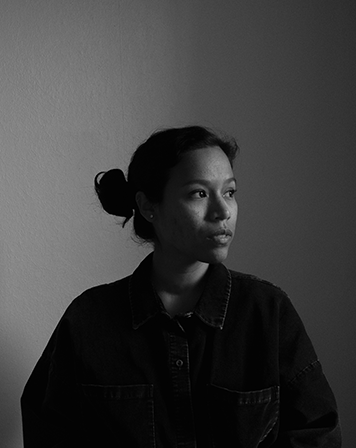




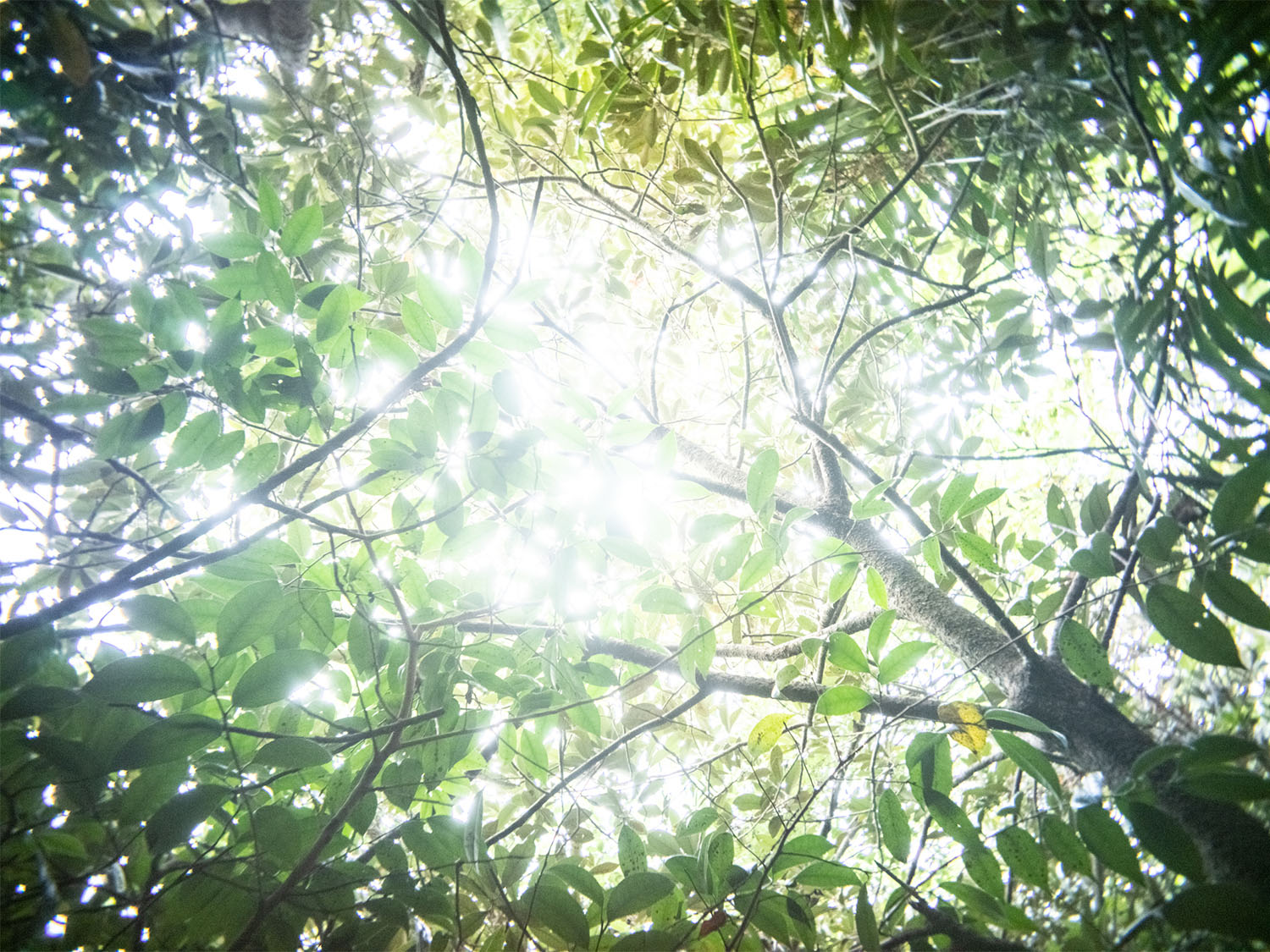

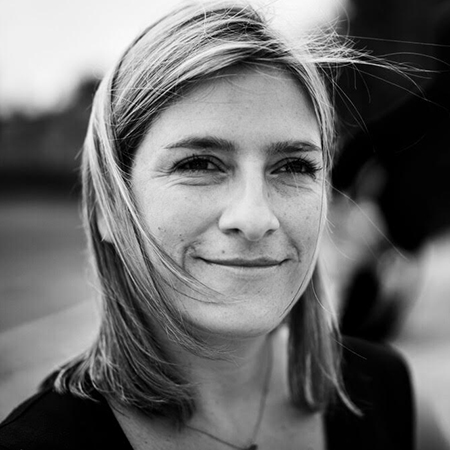
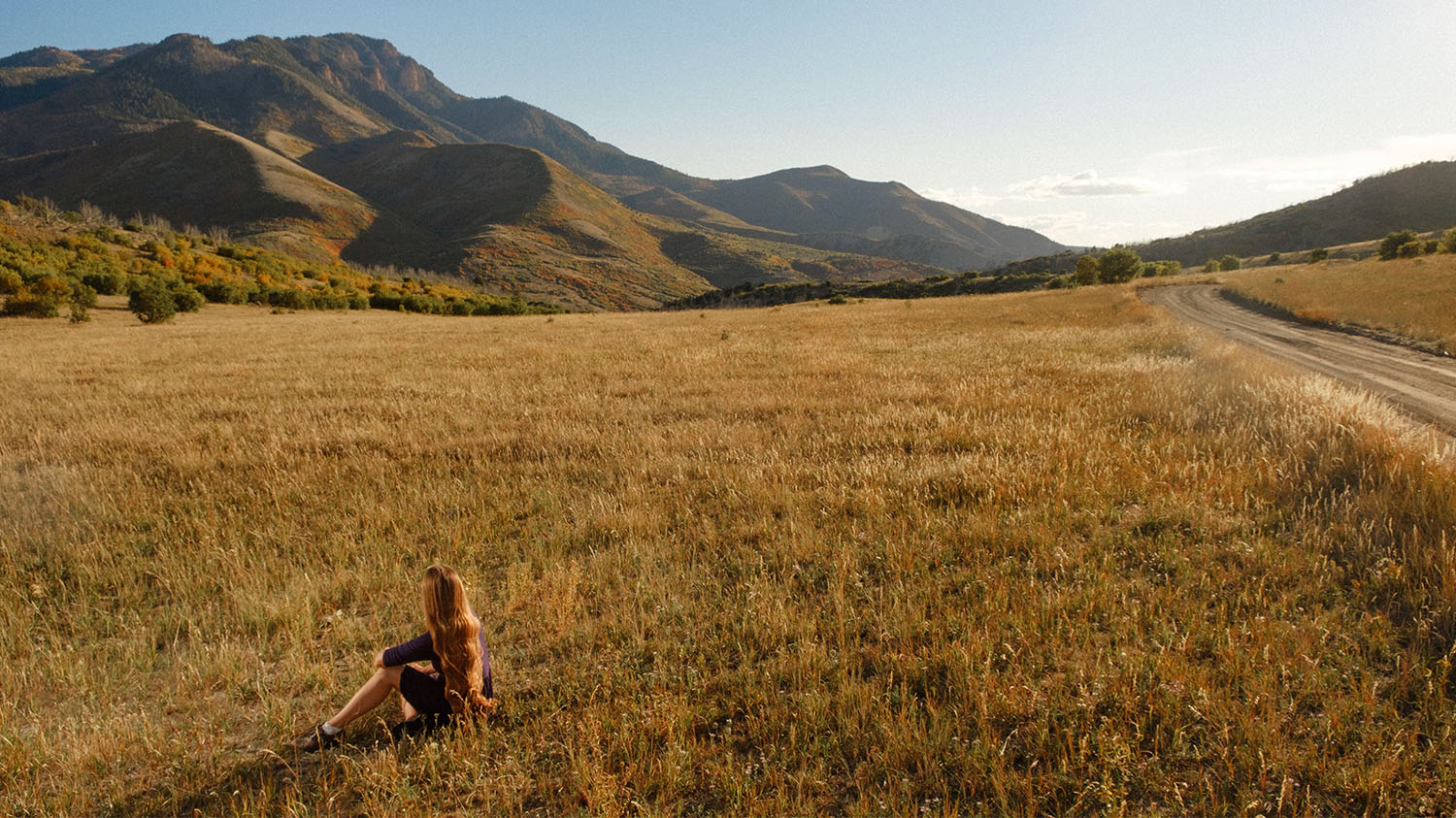

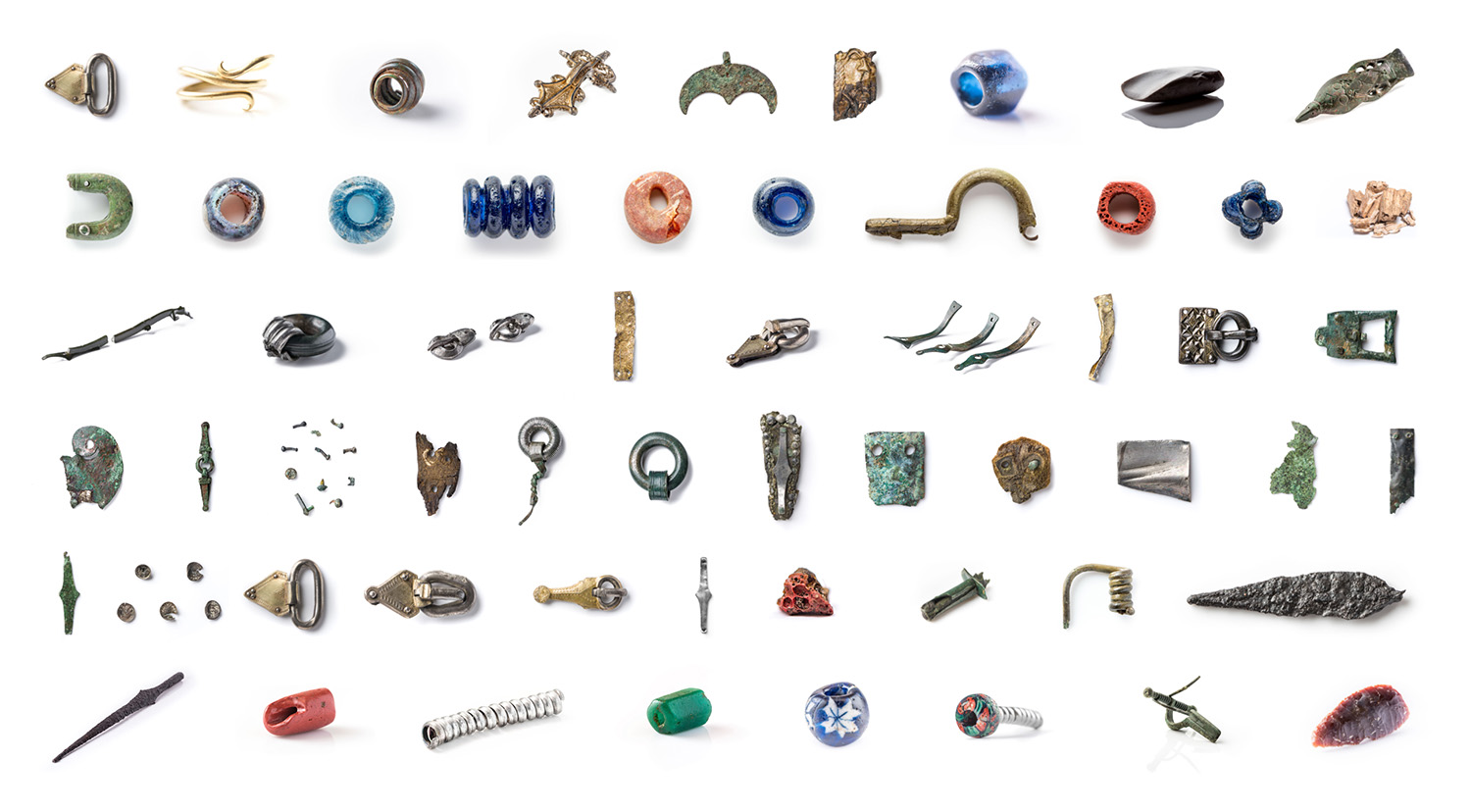
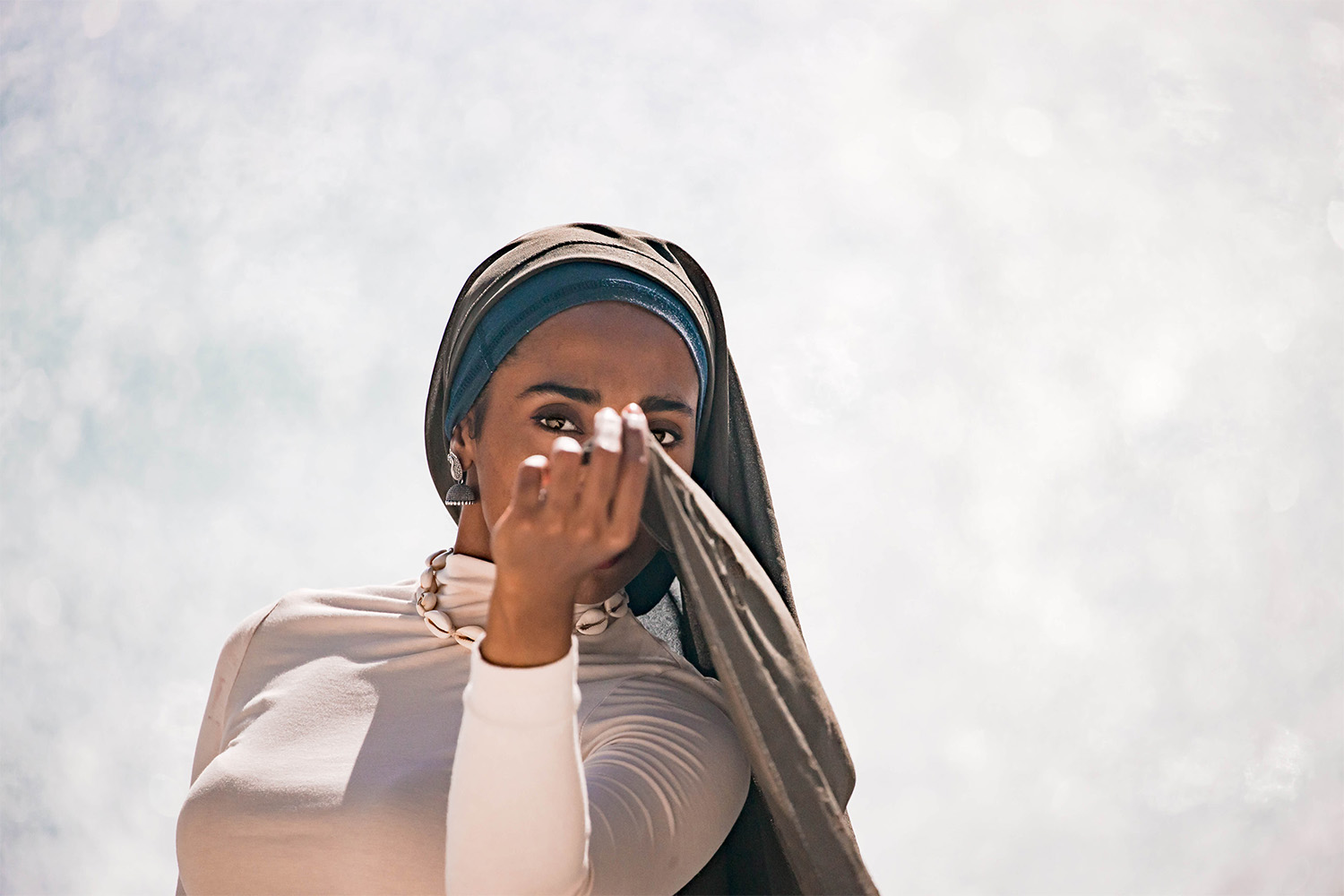
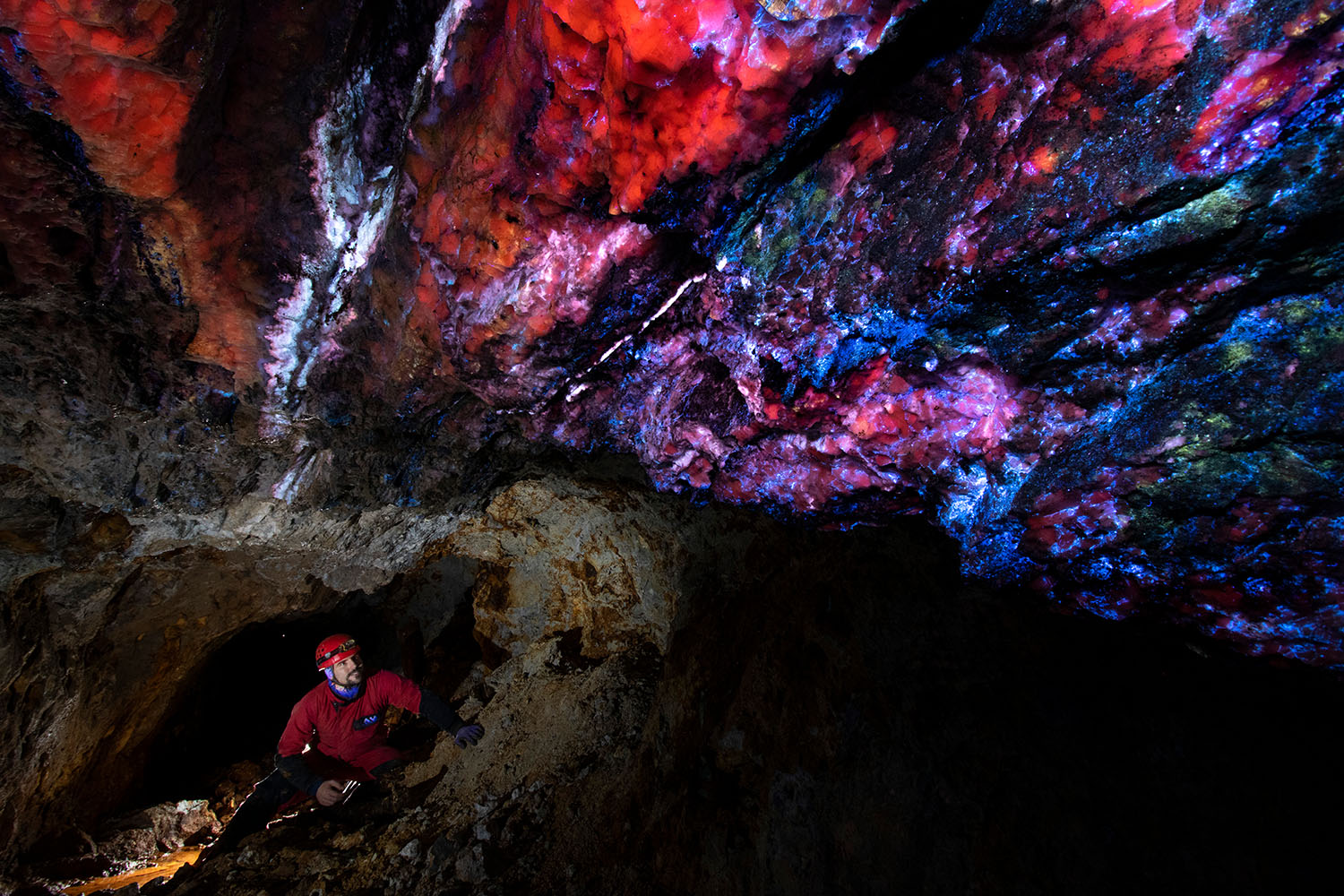



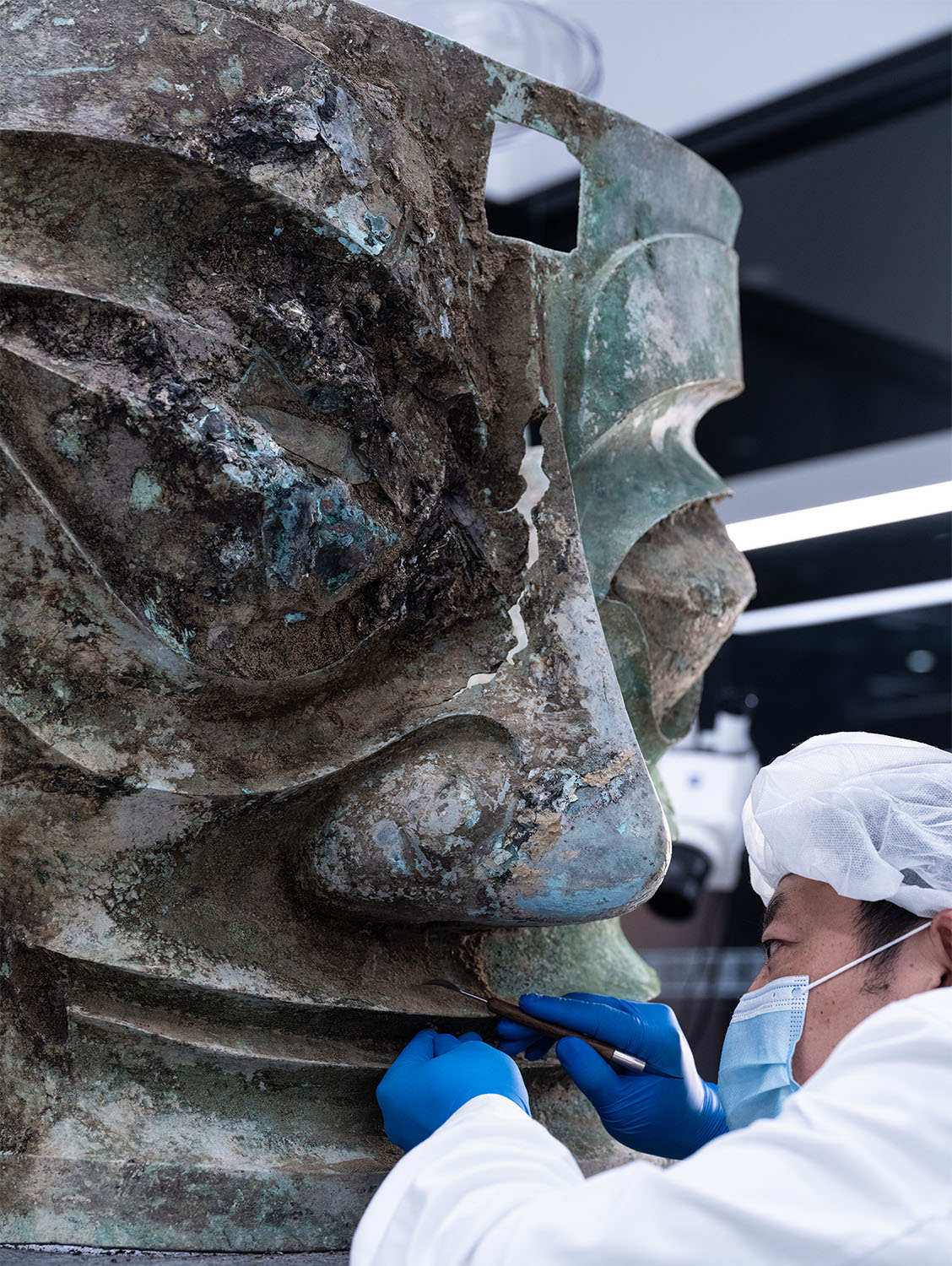

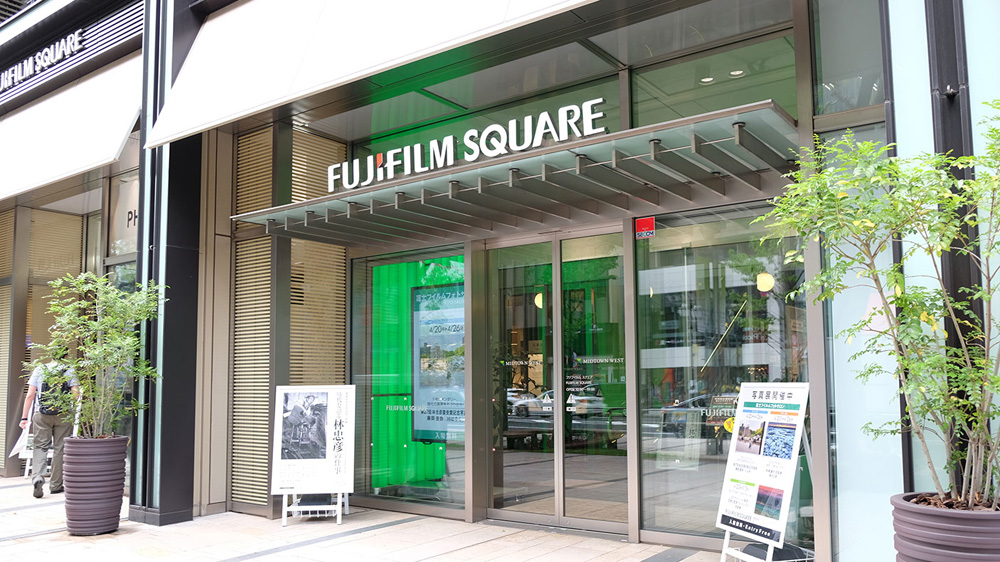
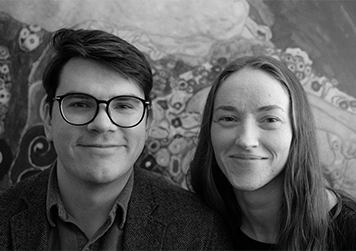
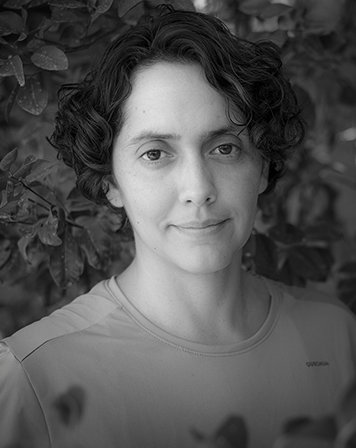
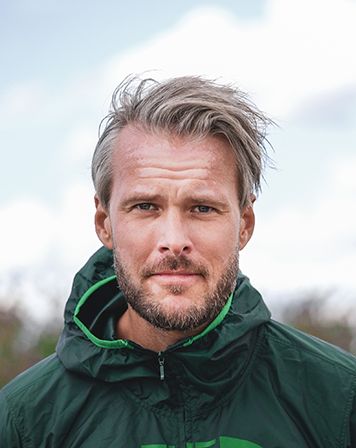
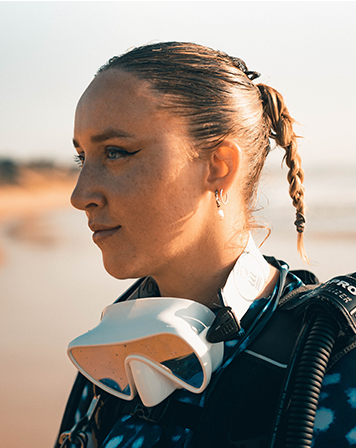

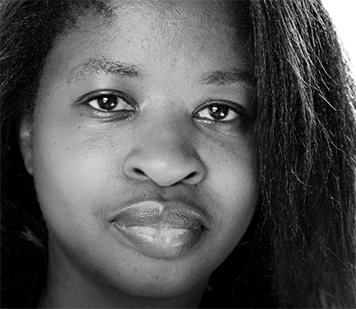
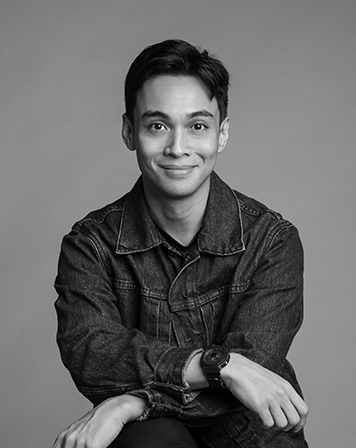
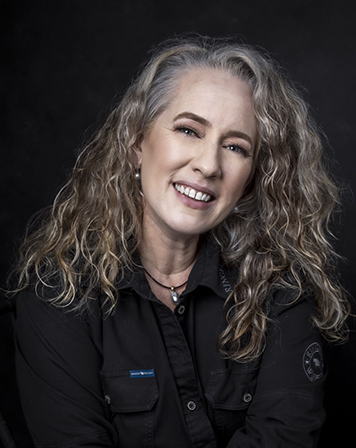

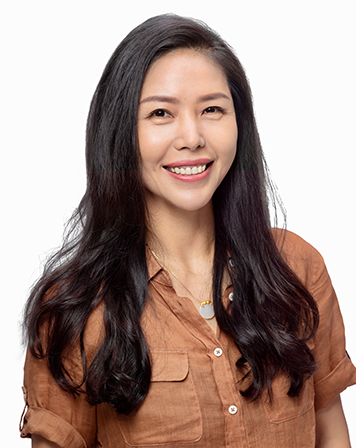
Comment from the Judges
Masako Sato
Curator & Founder Contact. Co., Ltd.
Masako Sato
Curator & Founder Contact. Co., Ltd.
It was a very difficult but also a very beneficial time to select the global recipients as the projects of the 15 finalists with diverse themes all had clear motivations and were of high quality. I am looking forward to finding out the opening a new door in the history of visual expression, which has been nurtured by an ideal meeting between the development of technology and the excellent creators.
Pauline Vermare
Curator, historian and writer
Pauline Vermare
Curator, historian and writer
I was very impressed with the overall selection, by its level and by the diversity of voices and genres represented. I was inspired and moved to discover so many of these projects, and I look forward to seeing the final essays of the winning candidates. All my congratulations to them, and to Fujifilm for so skillfully organizing this international event. The outcome will no doubt be very powerful visually, and important stories to share worldwide.
Yasuyoshi Chiba
Photographer
Yasuyoshi Chiba
Photographer
What you tell through the photography - 15 photographers will challenge in various forms and themes. This grant offered opportunities equally to all photographers, especially those living in places with challenging access to photo equipment. It is exciting to spot emerging photographers and introduce their talent through this new gateway to success.
Alexandrov Klum
Artist & Conservationists
Alexandrov Klum
Artist & Conservationists
We were happy and excited to see how many inspiring and powerful attributions competed in the final round.
The mix was great between projects that both contained photography and film. The themes were diverse; spanning from personal stories to archival and historical projects as well as projects raising awareness for equality, biodiversity and environment.